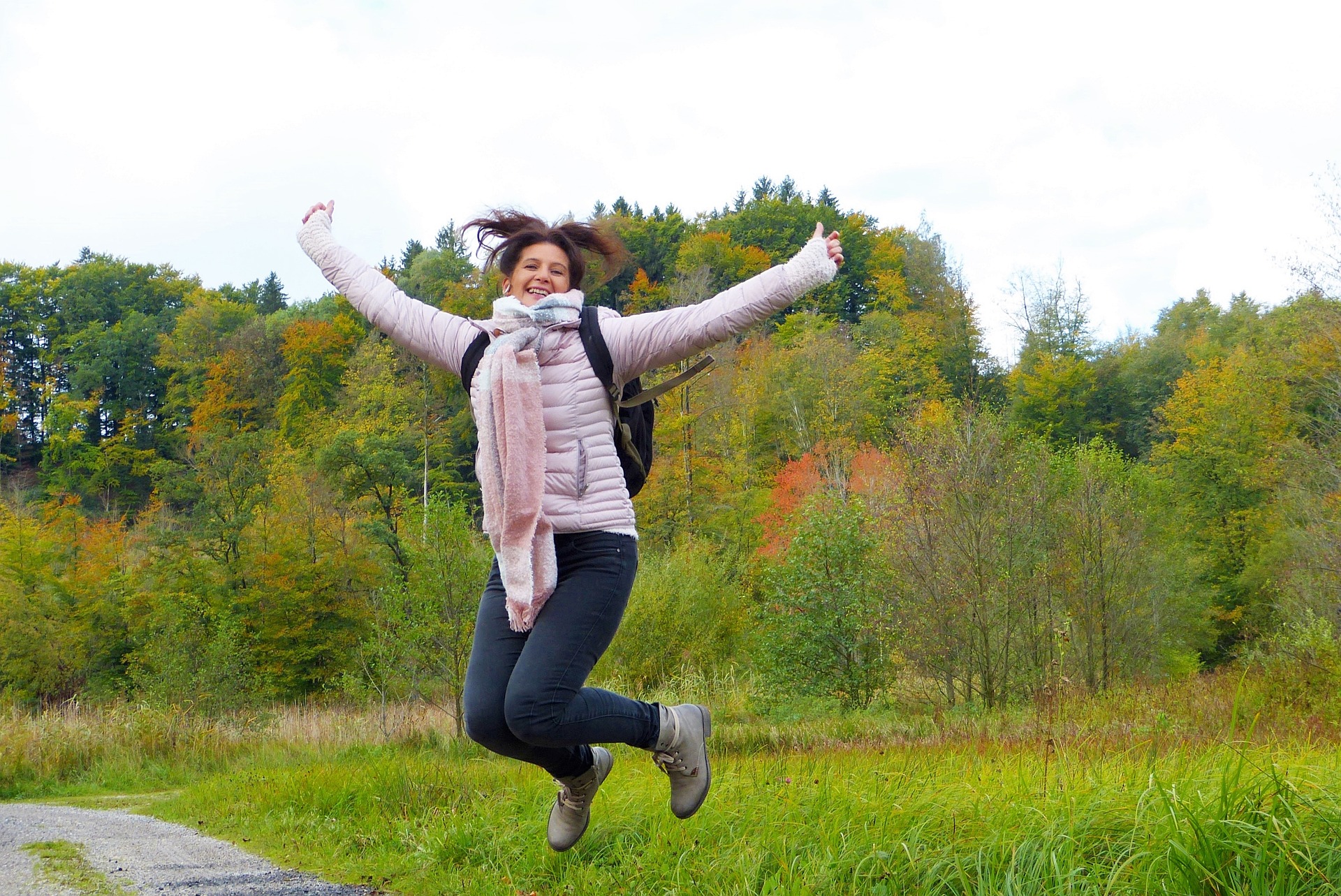
How breathing works
What happens in your lungs when you breathe?
When you take a breath through your nose or mouth, this air becomes warmer and more moist. The air moves through your voice box (larynx) and down your windpipe (trachea). From there, it travels down bronchial tubes that enter the lungs.
At the smallest end of the bronchial tubes (bronchioles) are alveoli — millions of tiny air sacs that are each covered by thin blood vessels called capillaries. The junction of alveoli and capillaries is called alveo-capillary bed. This is where gas exchange (oxygen and carbon dioxide) occurs.
When we inhale, air reaches the alveo-capillary bed. Oxygen is transferred from inhaled air to the blood for circulation and carbon dioxide is transferred from the blood to alveoli where it is ready to be exhaled. When you breathe out, air with carbon dioxide leaves your lungs through your bronchial tubes, up through the trachea and larynx and out through your mouth or nose.
The heart and lungs work in harmony in this process to circulate oxygen to muscles, vital organs and all cells so that they can properly function.
Muscles that help you breathe
Diaphragm
Your diaphragm is the primary muscle of breathing. It is located below your lungs. It separates the chest cavity and the abdominal cavity. When the diaphragm contracts, it flattens downwards to increase the size of the chest cavity, giving more room for the lungs to expand. When this happens, air is drawn into the lungs. When the diaphragm relaxes, it curves upwards making a smaller space in the chest cavity, pushing air out of the lungs.
Intercostal muscles
There are different types of intercostal muscles. Some are located on the outer edges of the ribs, and others located closer to the sternum. These muscles help to expand and contract the thorax.
Muscles of the neck and chest (scalene and sternocleidomastoid muscles)
These muscle groups help to raise the rib cage as it draws up on the collar bone and first two sets of ribs when you inhale. They provide additional support when the lungs are not working efficiently or when there are other problems in the chest that compromise breathing.
Abdominal muscles
These muscles are accessory, or helper, muscles. They help to move the diaphragm and give you more power to empty your lungs when you exhale.
DYK? 8 interesting facts about breathing
![]()
1. Your left and right lungs aren’t exactly the same.
The lung on the left side of your body is divided into two lobes. The lung on your right side is divided into three. The left lung is also slightly smaller, allowing room for your heart.
![]()
2. You can you live with only one lung! Having just one lung limits your physical ability. However it doesn’t stop you from living a relatively normal life.
![]()
3. You can increase you lung capacity with regular exercise. People who have a large lung capacity can send oxygen around their body faster.
![]()
4. When resting, the average adult breathes around 12 to 20 times a minute.
![]()
5. Lungs contain approximately 2,400 kilometres of airways and 300 to 500 million air sacs (alveoli).
![]()
6. If stretched out, the total surface area of lungs would be about the same size as half a tennis court.
![]()
7. There are about 600 million lung sacs (alveoli) in your lungs. If you stretched all of them out, they would be about the size of four and a half 18-wheelers parked next to each other.
![]()
8. Your lungs are important for talking and singing. Above your trachea (wind pipe) is your larynx (your voice box), which contains your vocal cords. The amount of air you force through them can change the pitch of the sound and also changes the volume of the sound.

